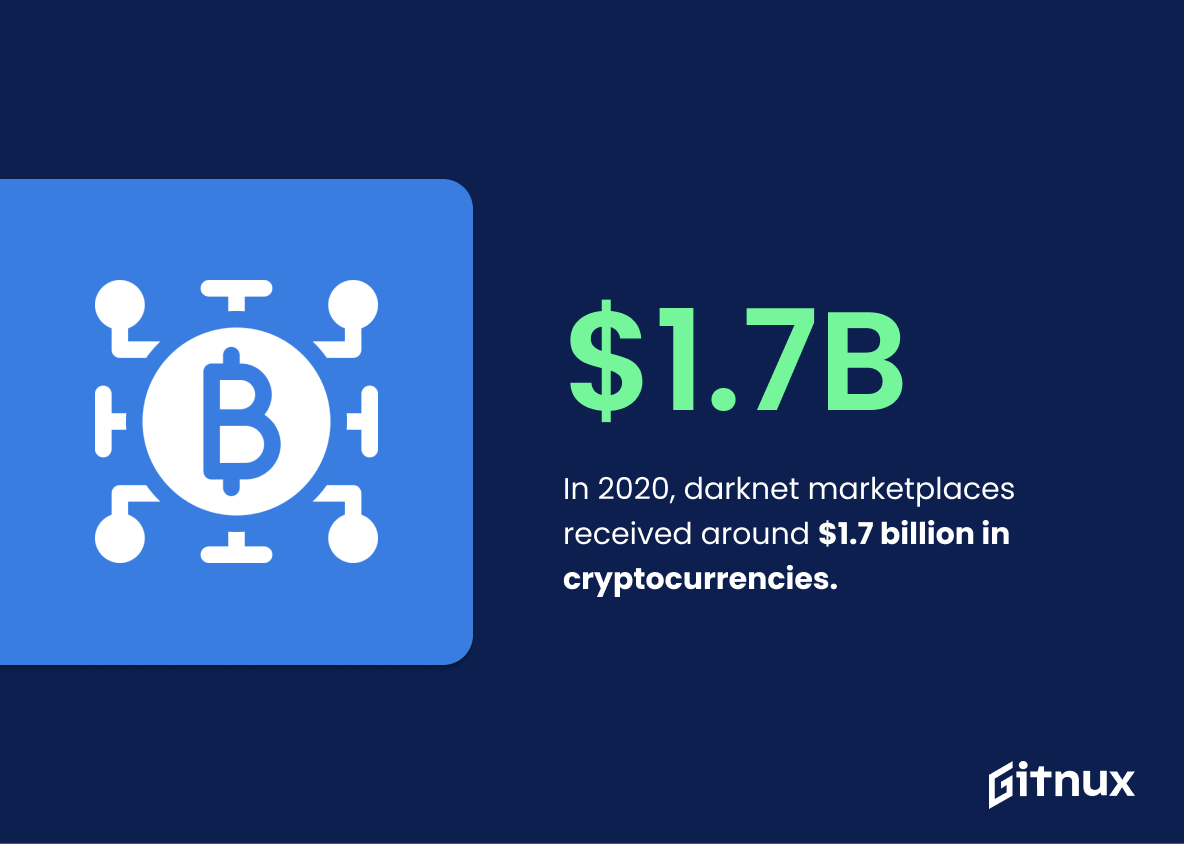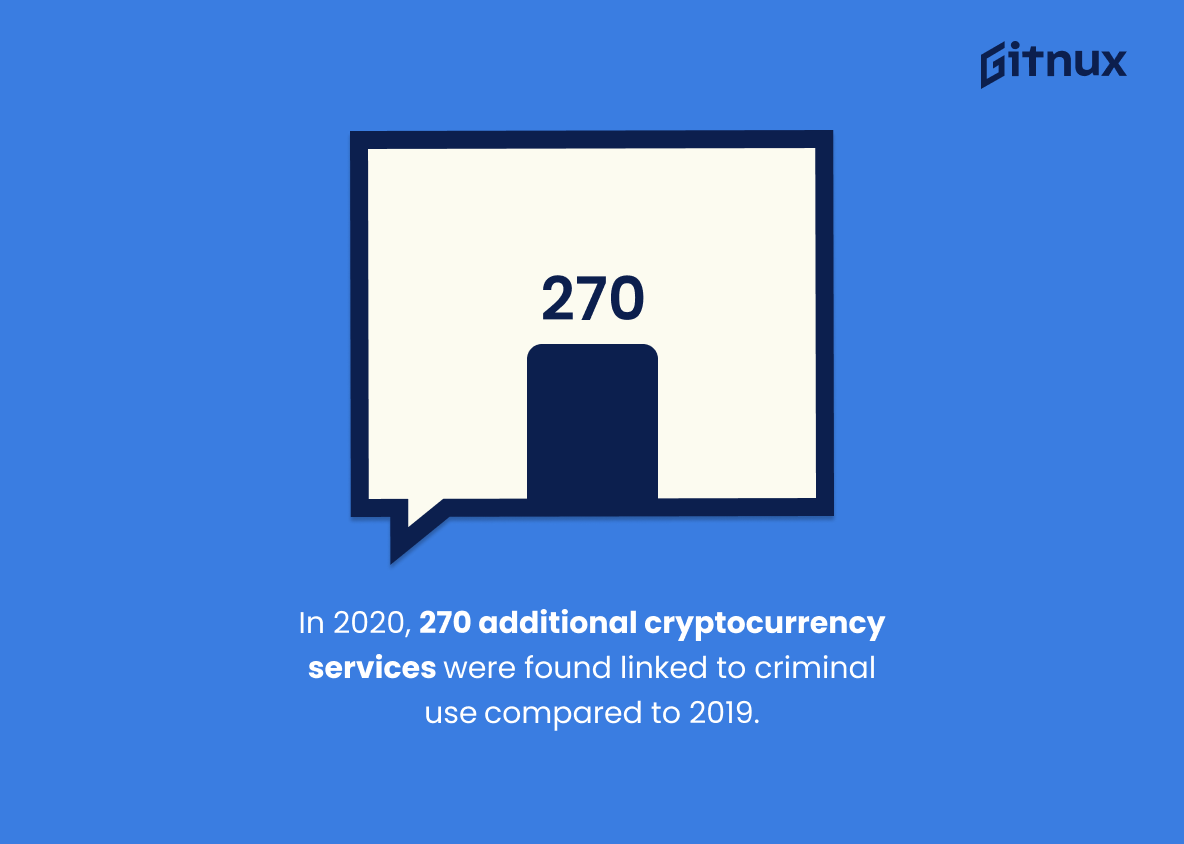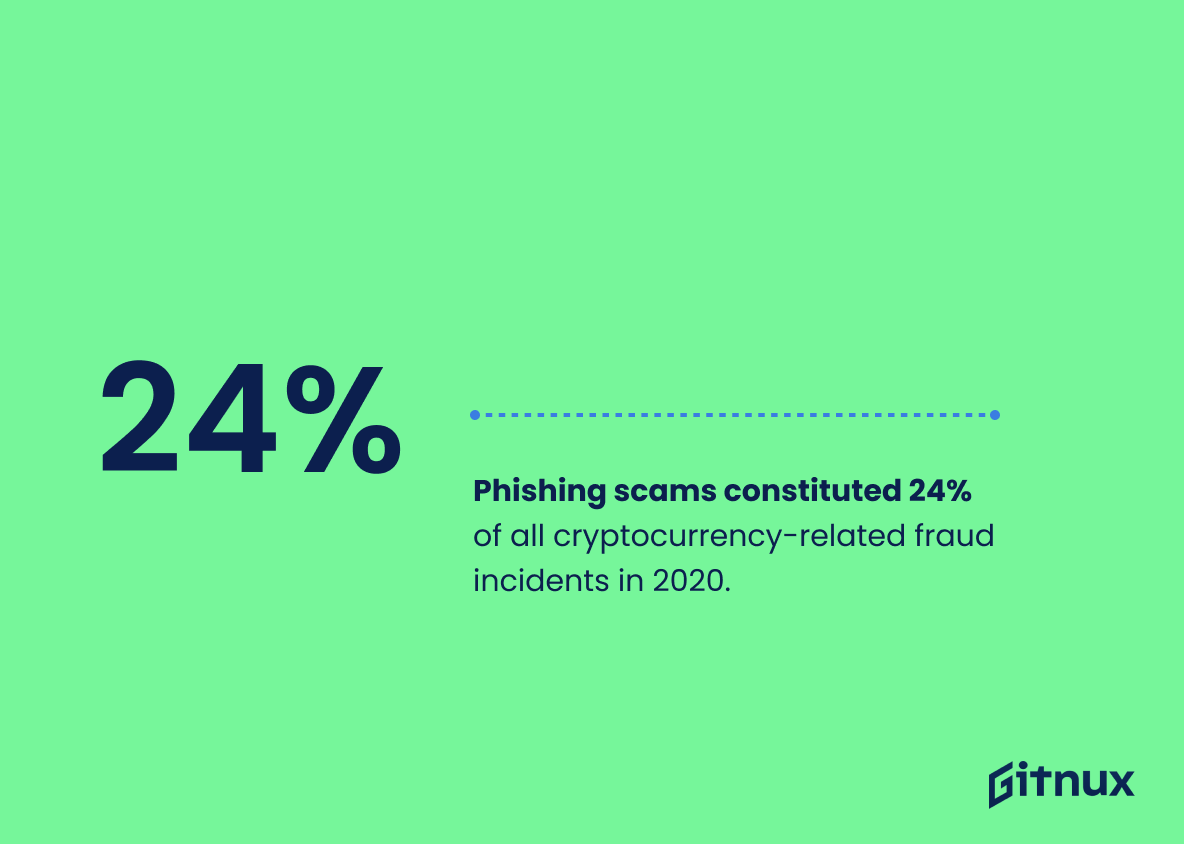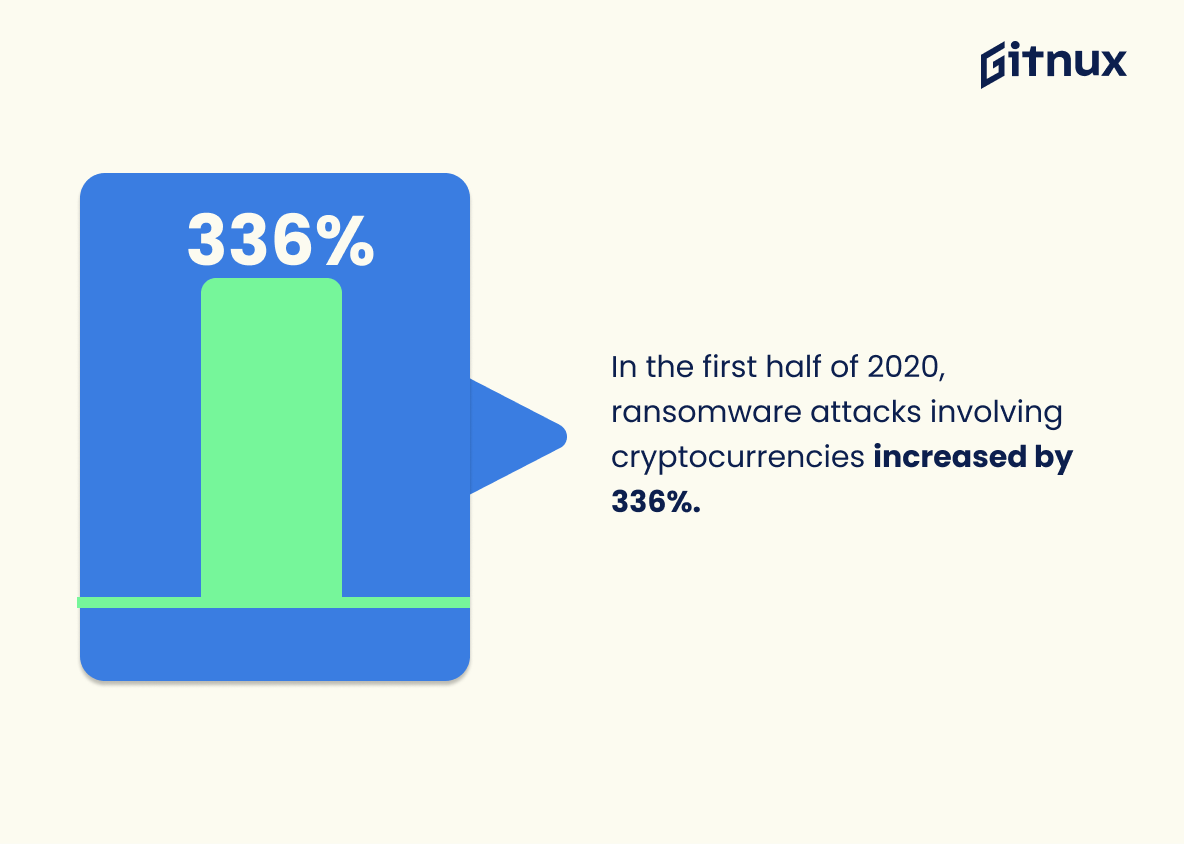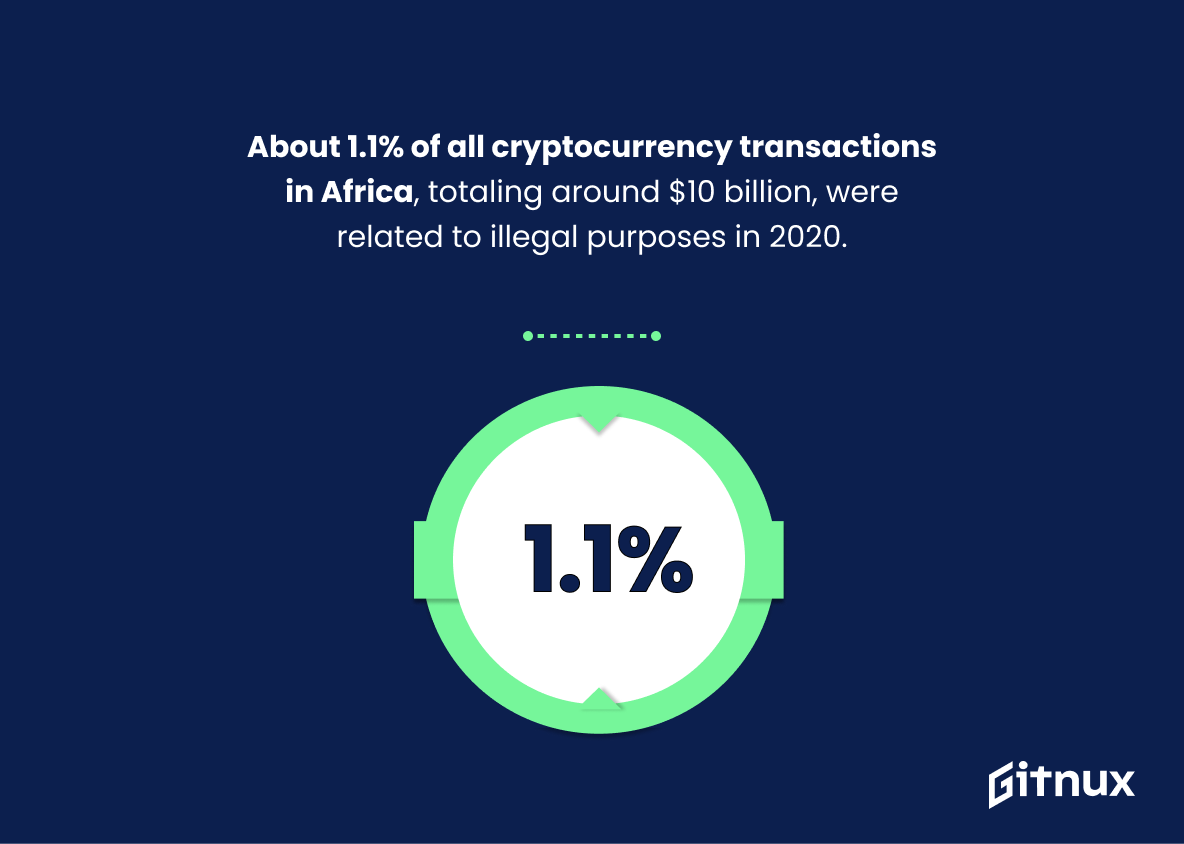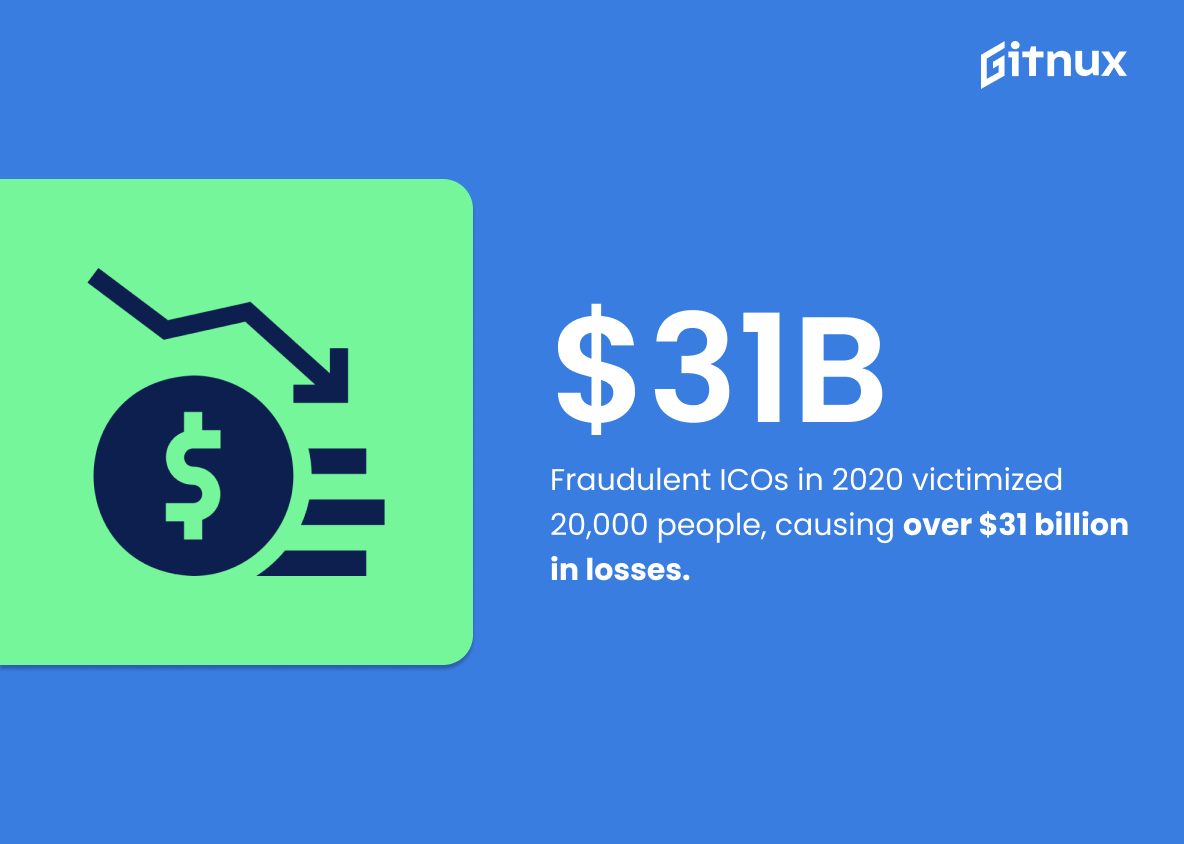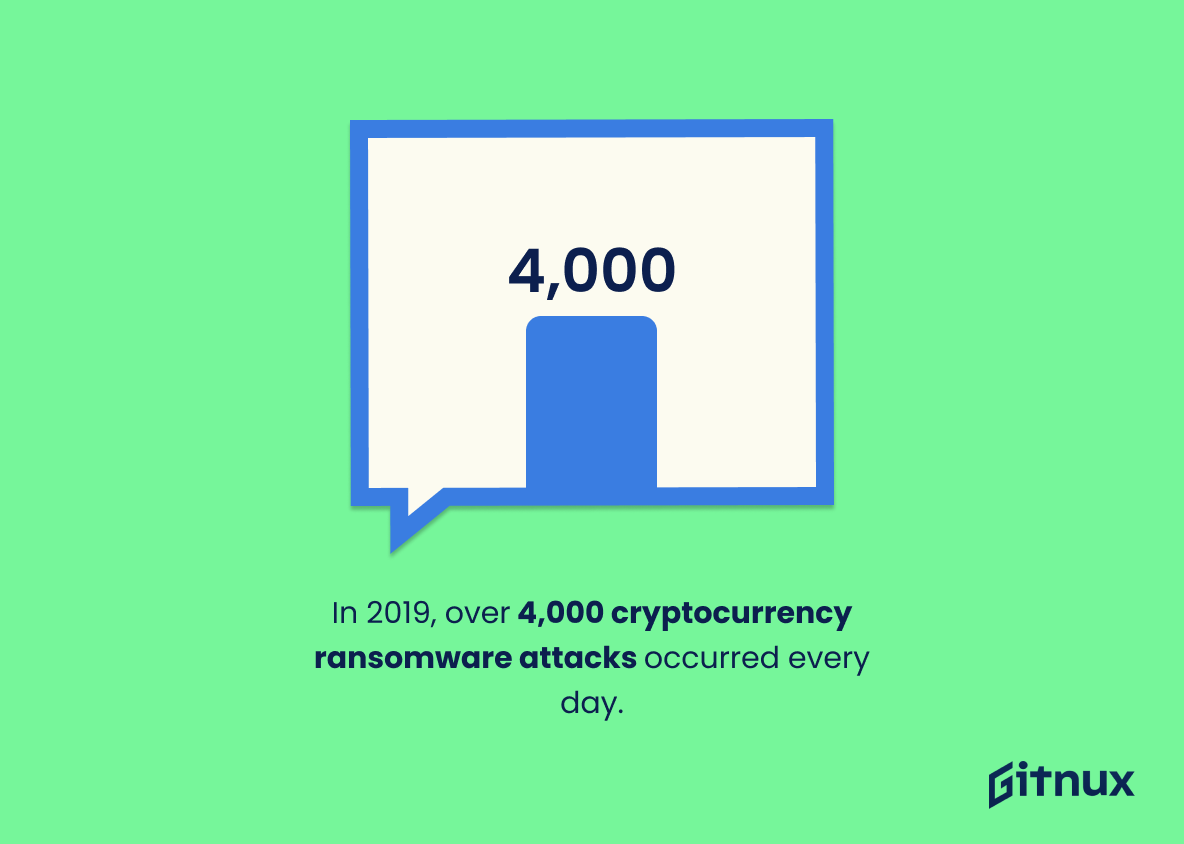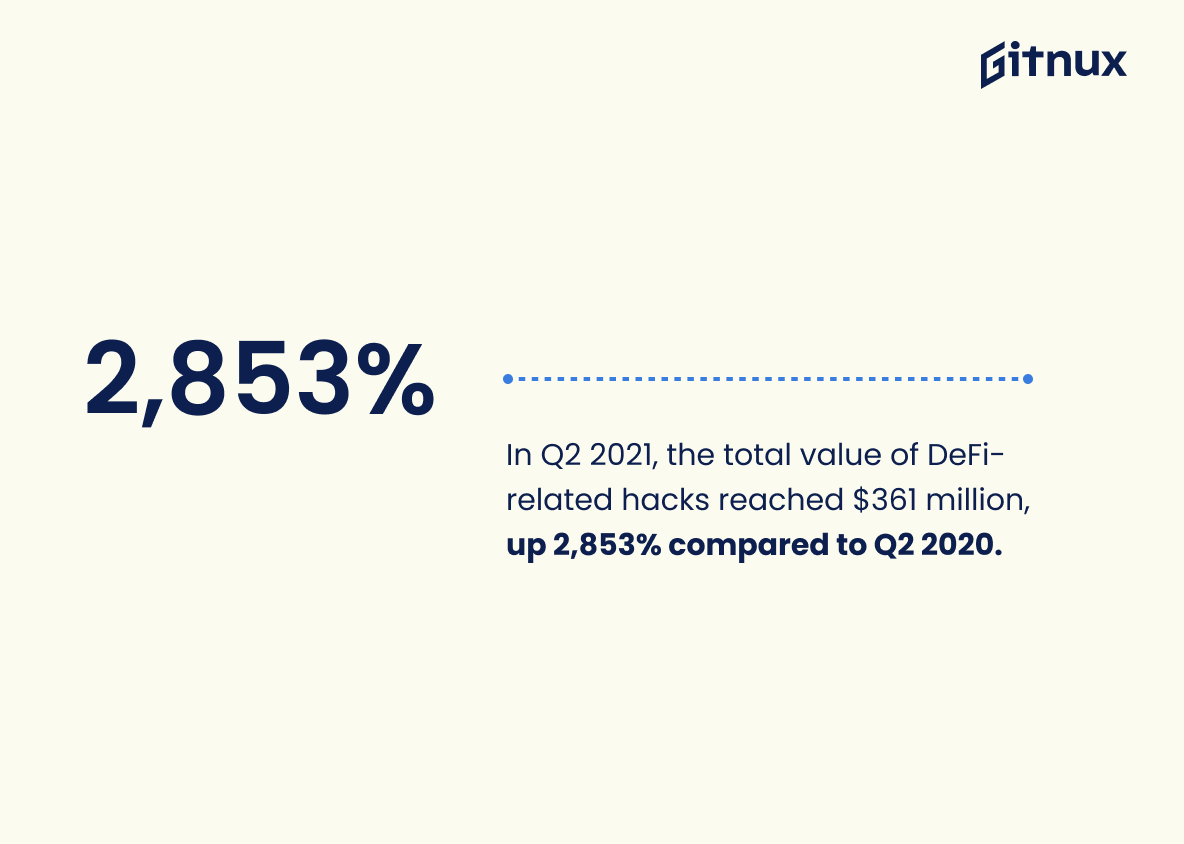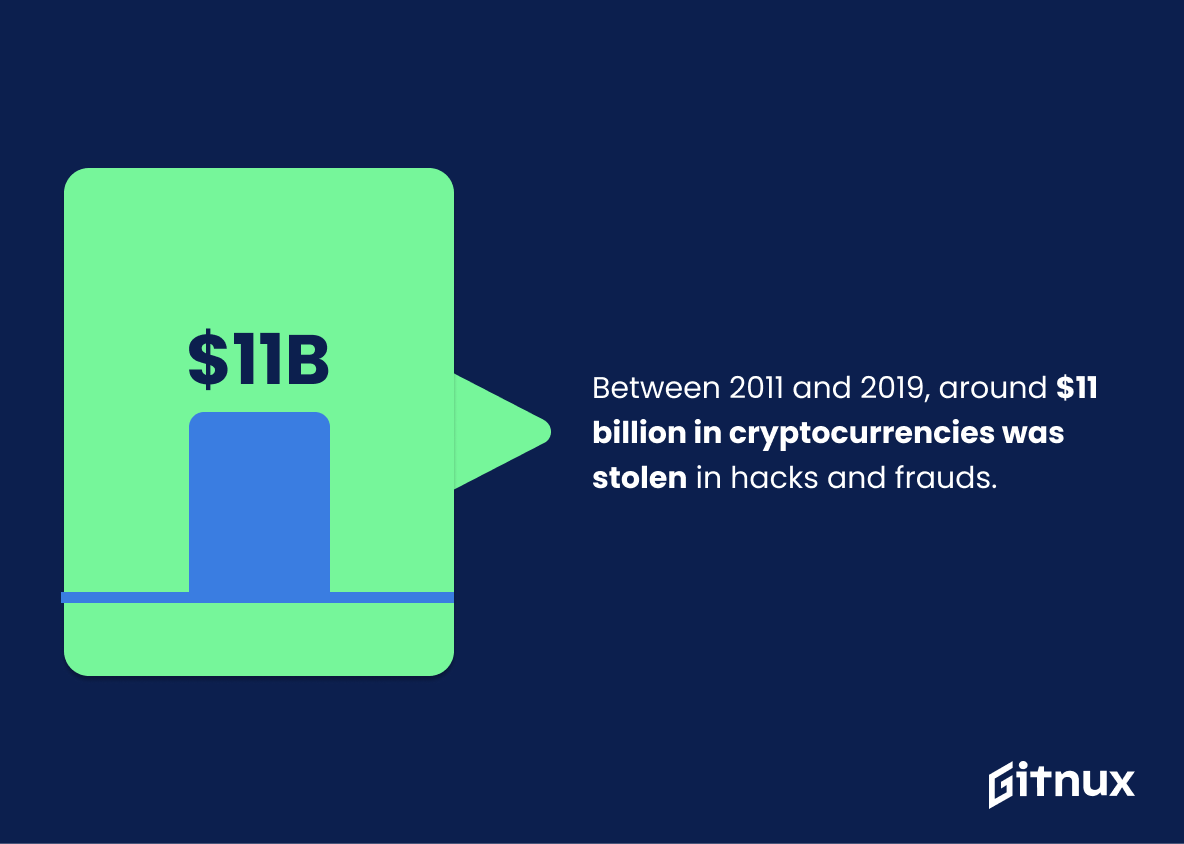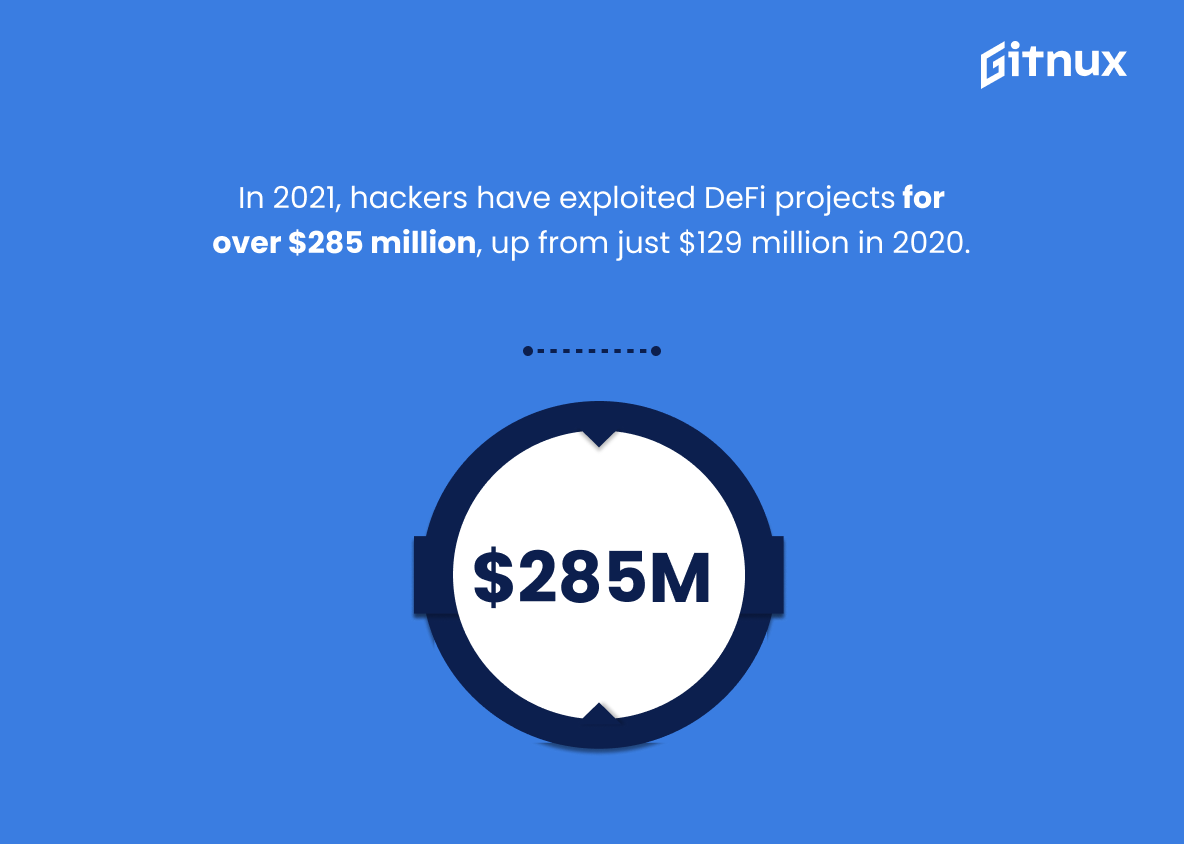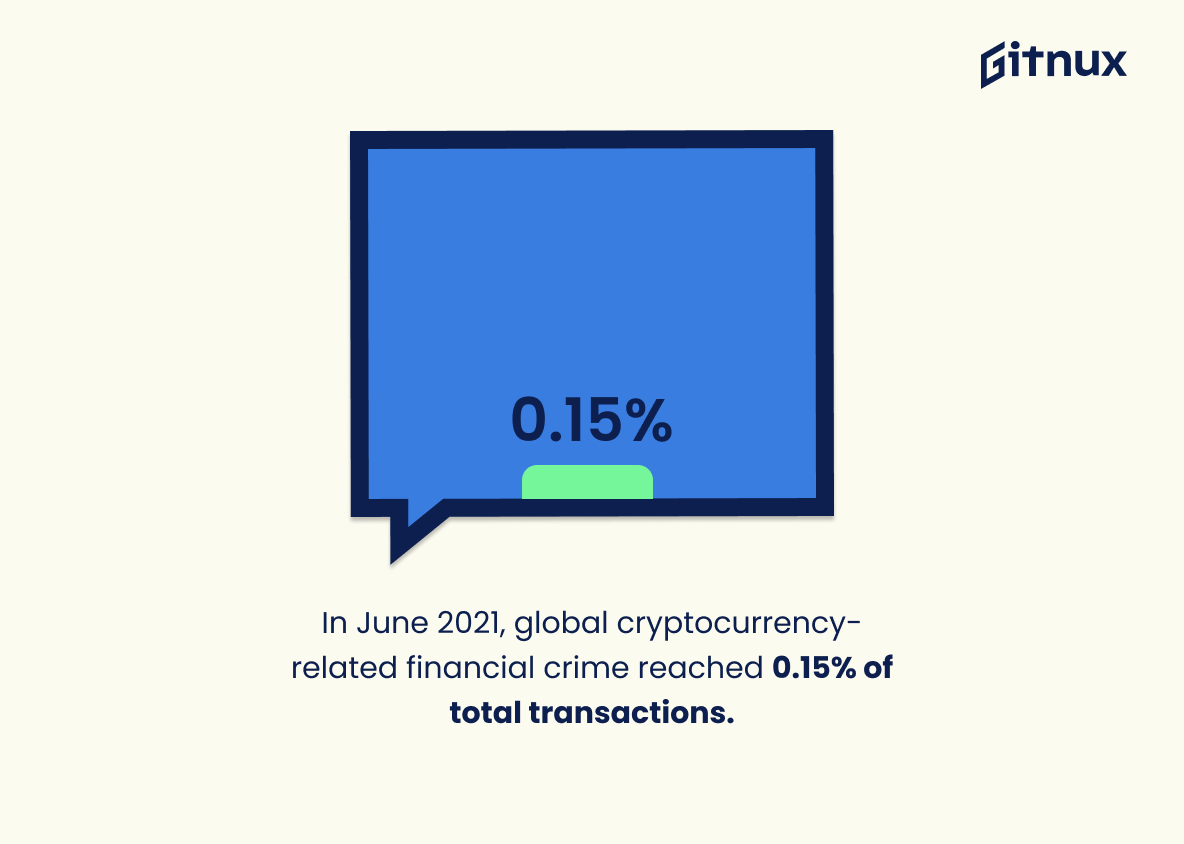Cryptocurrency crime is a growing problem that has caused billions of dollars in losses globally. According to Ciphertrace, cryptocurrency crime led to losses of around $10 billion globally in 2020. Chainalysis reported that $3.2 billion USD of stolen funds were linked to cryptocurrencies with DeFi protocols making up 76% of the amount in 2021 alone. Darknet marketplaces received around $1.7 billion worth of cryptocurrencies last year and 270 more cryptocurrency services were identified as being used by criminals compared to 2019 according to Ciphertrace’s report on Cryptocurrency Crime and Anti-Money Laundering from Q3 2020 – Q1 2021.
Bitcoin was found responsible for 94% illicit transactions while phishing scams constituted 24% all cryptocurrency-related fraud incidents during the same period, according RSA Security’s Fraud & Risk Intelligence Report H1 2020 – H2 2021 released earlier this year . Ransomware attacks involving cryptocurrencies increased by 336%, reaching an all time high between January and June 2020 according Marketscreener reports published recently.. Reuters also revealed that 1.1 %of all crypto transactions made across Africa totaling approximately 10 Billion US Dollars had illegal purposes behind them last year whereas fraudulent ICOs (Initial Coin Offerings) targeted 20 thousand victims leading towards 31 Billion US Dollar loss worldwide throughout the course of one single calendar year i:e;2020 as per Financier Worldwide Magazine article titled “A Shifting Tide For Cryptocurrency Regulation” dated April 21st ,2021 . Crypto thefts rose 40 percent resulting into 4 point 5 Billion dollar monetary loss back in 2019 which affected 33 million individuals world wide at large as per Safeum Research Blog post dated December 18th ,2019 followed by 4000 ransomware attack every day targeting crypto users based upon Comparitech blog post published on August 7th ,2020 .DeFi related hacks reached 361 Million US Dollars mark till second quarter ending June 30th,2021 representing 2 853 Percent increase over similar figure recorded during corresponding period previous fiscal cycle stated Decrypt news release issued July 28 th ,2021 wherease 11 Billions usd lost due various heists since 2011 until end date March 15 th 2019 mentioned Medium blog post written May 22nd 2018 alongwith 285 Millions usd hacked out 81 Initial coin offerings scamming 23 millions people within 2012 through 2018 concluded Coindesk article posted October 3rd 2018 respectively .. Global rate financial crimes associated with cryptos touched 0 point 15 percentage total transaction volume month ended june30 th 2021 declared Benzinga press release issued September 17th 202o meanwhile United States witnessed 2 point two billions usds value illicit crypto activities first half current calender yr announced Invezz News bulletin printed august 8 th 2021 having 54 percentages American citizens victimized such cybercrimes Business Standard magazine edition released August 16th this very yerr finally Binance exchange platform accounted thirty plus percentages entire illict transations involved digital currencies whole duration past twelve months informed Chainalysis research paper presented June 9tb 2022
This statistic is a stark reminder of the immense financial damage that cryptocurrency crime can cause. It serves as a powerful illustration of the need for greater vigilance and security measures to protect against such criminal activity. It also highlights the importance of staying informed about the latest developments in the cryptocurrency world, as well as the need for governments and law enforcement agencies to take a proactive stance in combating this type of crime.
In 2021, $3.2 billion USD of stolen funds were linked to cryptocurrencies, with DeFi protocols making up 76% of that amount.
This statistic is a stark reminder of the prevalence of cryptocurrency crime in 2021. It highlights the fact that DeFi protocols are particularly vulnerable to theft, accounting for a whopping 76% of the total stolen funds. This serves as a warning to those investing in DeFi protocols to be extra vigilant and take the necessary precautions to protect their funds.
Cryptocurrency Crime Statistics Overview
In 2020, darknet marketplaces received around $1.7 billion in cryptocurrencies.
This statistic is a stark reminder of the prevalence of cryptocurrency crime. It highlights the sheer amount of money that is being funneled through darknet marketplaces, demonstrating the scale of the problem. It is a powerful illustration of the need for greater regulation and enforcement of cryptocurrency-related activities.
In 2020, around 270 more cryptocurrency services were identified as being used by criminals compared to 2019.
This statistic is a stark reminder of the growing prevalence of cryptocurrency-related crime. It highlights the need for greater vigilance and security measures to protect against the exploitation of digital currencies. It also serves as a warning to those considering investing in cryptocurrency, as it demonstrates the potential risks associated with the technology.
Phishing scams constituted 24% of all cryptocurrency-related fraud incidents in 2020.
This statistic is a stark reminder of the prevalence of phishing scams in the cryptocurrency space. It highlights the need for users to be vigilant and take extra precautions when dealing with cryptocurrency-related activities. It also serves as a warning to those who are considering investing in cryptocurrency, as it shows that they could be at risk of falling victim to a phishing scam.
In the first half of 2020, ransomware attacks involving cryptocurrencies increased by 336%.
This statistic is a stark reminder of the growing prevalence of ransomware attacks involving cryptocurrencies. It highlights the need for greater awareness and vigilance when it comes to cryptocurrency crime, as well as the need for more effective measures to protect against such attacks. It is a wake-up call for those involved in the cryptocurrency industry to take the necessary steps to protect their investments and ensure the safety of their users.
About 1.1% of all cryptocurrency transactions in Africa, totaling around $10 billion, were related to illegal purposes in 2020.
This statistic is a stark reminder of the prevalence of cryptocurrency-related crime in Africa. It highlights the need for increased vigilance and regulation in the region to ensure that these funds are not used for illegal activities. It also serves as a warning to those considering investing in cryptocurrency in Africa, as it shows that there is a real risk of their funds being misused. Ultimately, this statistic is a powerful reminder of the importance of understanding the risks associated with cryptocurrency investments.
Fraudulent ICOs (Initial Coin Offerings) targeted around 20,000 victims and led to losses exceeding $31 billion in 2020.
This statistic serves as a stark reminder of the devastating effects of cryptocurrency crime. It highlights the sheer scale of fraudulent ICOs in 2020, with over 20,000 victims losing a staggering $31 billion. This serves as a warning to all those considering investing in cryptocurrency, and emphasizes the importance of doing thorough research before investing.
In 2019, over 4,000 cryptocurrency ransomware attacks occurred every day.
This statistic is a stark reminder of the prevalence of cryptocurrency ransomware attacks in 2019. It highlights the need for greater awareness and understanding of the risks associated with cryptocurrency, as well as the importance of taking steps to protect oneself from such attacks. It is a powerful illustration of the magnitude of the problem and serves as a call to action for those looking to stay safe in the digital world.
In Q2 2021, the total value of DeFi-related hacks reached $361 million, up 2,853% compared to Q2 2020.
This statistic is a stark reminder of the growing prevalence of DeFi-related hacks, highlighting the need for increased security measures to protect cryptocurrency users. The 2,853% increase in the total value of DeFi-related hacks in Q2 2021 compared to Q2 2020 is a worrying trend that cannot be ignored. It is clear that cryptocurrency crime is on the rise and that more needs to be done to protect users from these malicious actors.
Between 2011 and 2019, around $11 billion in cryptocurrencies was stolen in hacks and frauds.
This statistic serves as a stark reminder of the dangers of investing in cryptocurrencies. It highlights the fact that, despite the potential rewards, there are significant risks associated with investing in cryptocurrencies, and that these risks should not be taken lightly. It also serves as a warning to potential investors to be aware of the potential for fraud and theft when investing in cryptocurrencies.
In 2021, hackers have exploited DeFi projects for over $285 million, up from just $129 million in 2020.
This statistic is a stark reminder of the growing threat of cryptocurrency crime. It shows that hackers are increasingly targeting DeFi projects, taking advantage of their vulnerabilities to steal millions of dollars. This highlights the need for greater security measures to protect users and their funds from malicious actors.
A total of 81 ICO scams occurred between 2012 and 2018, resulting in a monetary loss of around $2.3 billion.
This statistic is a stark reminder of the potential risks associated with investing in cryptocurrency. It highlights the sheer magnitude of the financial losses incurred by those who have fallen victim to ICO scams, demonstrating the need for investors to be vigilant and informed when it comes to cryptocurrency investments.
In June 2021, the global rate of financial crime involving cryptocurrencies reached 0.15% of total transaction volume.
This statistic is a telling indication of the prevalence of cryptocurrency-related financial crime. It demonstrates that, despite the growing popularity of cryptocurrencies, the rate of criminal activity involving them remains relatively low. This is an important point to consider when discussing cryptocurrency crime statistics, as it shows that the majority of cryptocurrency transactions are still conducted in a safe and secure manner.
In the first half of 2021, illicit cryptocurrency transactions in the United States amounted to $2.2 billion in value.
This statistic is a stark reminder of the prevalence of cryptocurrency crime in the United States. It highlights the need for greater awareness and vigilance when it comes to cryptocurrency transactions, as well as the need for more effective measures to combat this growing problem. It is a sobering reminder that cryptocurrency crime is a real and present danger, and that it is essential to take steps to protect ourselves and our investments.
In the first half of 2021, 54% of cryptocurrency crime victims were based in the United States.
This statistic is a stark reminder of the prevalence of cryptocurrency crime in the United States. It highlights the need for greater awareness and education about the risks associated with cryptocurrency transactions, as well as the need for improved security measures to protect users from becoming victims of such crimes. It also serves as a warning to those who may be considering investing in cryptocurrency, as it demonstrates the potential for significant losses if proper precautions are not taken.
The crypto exchange Binance was responsible for over 30% of illicit transactions involving cryptocurrencies in 2020.
This statistic is a stark reminder of the prevalence of illicit activity involving cryptocurrencies. It highlights the need for greater regulation and oversight of crypto exchanges, such as Binance, to ensure that these activities are curtailed and that users are protected from potential criminal activity.
Conclusion
The statistics presented in this blog post demonstrate the alarming prevalence of cryptocurrency crime. In 2020, losses from such crimes totaled around $10 billion globally and darknet marketplaces received approximately $1.7 billion in cryptocurrencies. Phishing scams constituted 24% of all cryptocurrency-related fraud incidents that year, while ransomware attacks involving cryptocurrencies increased by 336%. Fraudulent ICOs targeted 20,000 victims and led to losses exceeding $31 billion during the same period. Bitcoin was used for 94% of illicit transactions worldwide in 2020, with Binance responsible for over 30% of them. The rate of financial crime involving cryptocurrencies reached 0.15%, resulting in a monetary loss estimated at more than $2 billion within the United States alone between January and June 2021 – 54% of which were reported as being based there too. It is clear that crypto criminals are becoming increasingly sophisticated; however it is also evident that governments must take steps to ensure better regulation if these trends are to be reversed or even slowed down significantly going forward into 2022 and beyond
References
0. – https://www.coindesk.com
1. – https://www.benzinga.com
2. – https://www.reuters.com
3. – https://www.business-standard.com
4. – https://www.medium.com
5. – https://www.invezz.com
6. – https://www.financierworldwide.com
7. – https://www.coingeek.com
8. – https://www.comparitech.com
9. – https://www.decrypt.co
10. – https://www.zdnet.com
11. – https://www.ciphertrace.com
12. – https://www.chainalysis.com
13. – https://www.marketscreener.com
